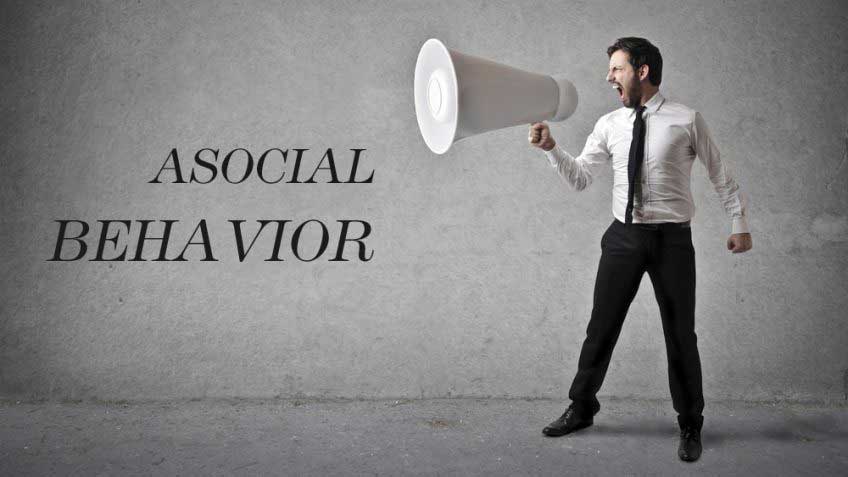Asocial Behavior: What Is It and What Are Its Causes?
 Normal "healthy" behavior in adolescents implies the interaction of the adolescent with the society, with surrounding people, adequate to the needs in life and his ability to harmonize socialization in society. If the child is located in a healthy environment that is able to react at the slightest deviation in the behavior of the adolescent, then the parents can rest peacefully, because the child's behavior will remain normal. But there are teenagers whose behavior is very different from the general rules of behavior established in society, when difficulties arise with the child, and behavior begins to be deviant, destructive.
Normal "healthy" behavior in adolescents implies the interaction of the adolescent with the society, with surrounding people, adequate to the needs in life and his ability to harmonize socialization in society. If the child is located in a healthy environment that is able to react at the slightest deviation in the behavior of the adolescent, then the parents can rest peacefully, because the child's behavior will remain normal. But there are teenagers whose behavior is very different from the general rules of behavior established in society, when difficulties arise with the child, and behavior begins to be deviant, destructive.
If you face trmporary difficulties with money you can find solution with Instant Cash Advance - perfect service for those, who needs urgent help.
The Forms of Asocial Behavior
Asocial behavior of adolescents can be expressed in the following forms:
Deviant behavior is a rejection of the asocial behavior of adolescents, which has a connection with the violation of the age-appropriate adolescent social norms and established rules of behavior inherent in family, school relationships. Most often, it manifests itself in the form of aggression, unwillingness to learn, demonstrating one's negative to a close environment. Adolescents can go into drinking-bout, start taking narcotic drugs, and also this behavior manifests itself in sexual acts.
Delinquent behavior is manifested in repetitive antisocial behavior, which has already evolved into some kind of stable stereotype of behavior in adolescents, involving a violation of public order. Such behavior may go unpunished due to the absence of a significant public danger or the attainment of the age of prosecution for criminal liability.
Addictive behavior - this behavior is characterized by flight from existing problems, leaving "into your own world." This can be accompanied by flight to the body (bulimia, anorexia), workaholism, computer games, flight to religion, sex, drugs, suicidal tendencies in adolescents.
Most often, social factors are associated with asocial behavior of adolescents, for example: difficulties in communicating with peers, belonging to informal subcultures, insecurity in one's personality, low self-esteem, unhappy family, suffered violence, etc. It is necessary to observe the behavior of a child, and if there are primary signs of concern, it is necessary to contact a psychologist.





